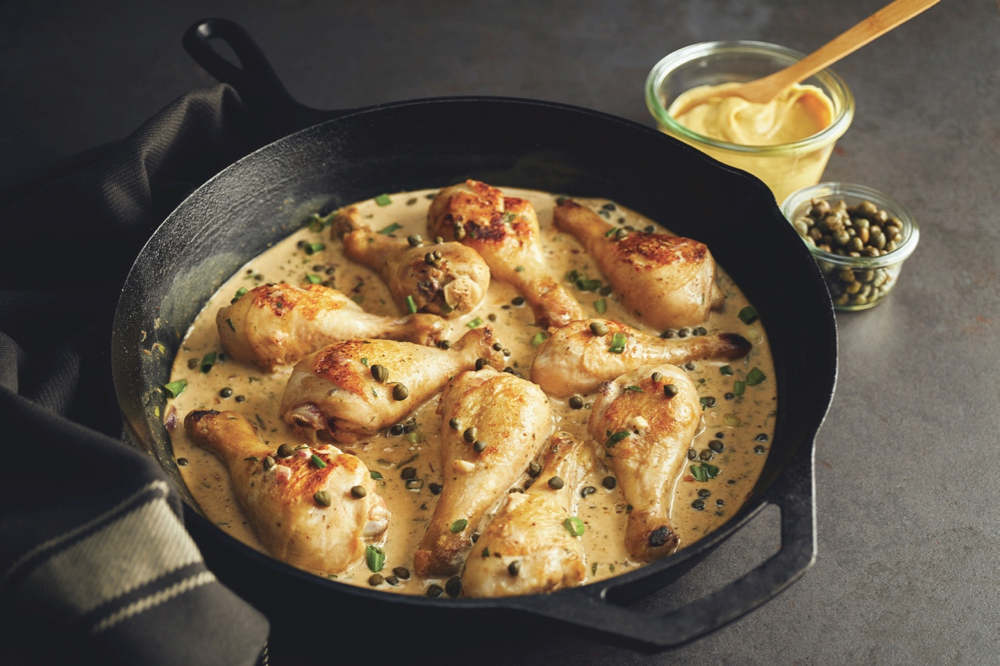With variety names like “Magical Michael,” “Siam Queen,” “Red Rubin,” and “Genovese,” is it any wonder that a few sprigs of basil will perk up a salad made from store-bought greens in late winter — particularly if the basil is homegrown? The names of these basil varieties alone are enough to whet the appetite and since this particular herb is quite easy to grow indoors, perhaps you will plant some basil seeds so that in a few weeks you can add some zest and flavour to your salads.
There are quite a number of varieties available in the seed departments of garden centres, but they fall into just a few categories: green or purple, plain leaf or ruffled, and large or small leafed. Flavour varies according to variety as well, so read the package instructions carefully. Do you want a Thai flavour such as you will get with “Siam Queen” or a more traditional sweet basil flavour offered by “Magical Michael?” You may even want to try several varieties. For this purpose, large-leafed varieties work best. I use “Sweet Basil,” which grows about 40 cm tall and withstands constant harvesting quite well.
Read Also

CUSMA access key among other trade noise: Seeds Canada panel
Seeds Canada conference panelists say Canada needs to stay focused and wait as U.S. trade and tariff chaos develops, and a Canada-U.S.-Mexico Agreement review looms
Plant basil seeds in a soilless mix, cover the seeds and water well. Keep the seed tray warm and in good light. It won’t be long before the seedlings appear and when they get a couple of sets of true leaves, transplant the plants into six-inch pots, putting about a dozen in each pot. Alternately, simply plant the seeds thinly in the pots to avoid the task of transplanting. Some judicious thinning may be required but that can wait until the extra seedlings are large enough to offer a bit of greenery for a salad. The number of pots you plant will depend on how much basil you want and the space you have to grow it. My suggestion seems to indicate the plants will be quite crowded, but you are not growing them as bedding plants to put out in the garden. If you do, plant them in trays to give them adequate space to grow into healthy transplants.
No, the basil you are growing is going to be harvested and used in your kitchen as soon as it is big enough to withstand some snipping. In fact, I often sow the seeds even closer in the pots; when the seedlings get about three or four sets of true leaves I snip half of them off at soil level and use them. This thins out the plants enough and yet gives me the earliest possible harvest.
As the plants grow, you can snip off the tops and use them. The plants will bush out and produce many side shoots. The alternative is to snip off some of the leaves; new branches will form in the leaf axils of the harvested leaves. You may want to fertilize the plants to encourage vigorous growth, as there isn’t much nutrient value in soilless mix. Keep the plants watered and give them all the light you can. They will keep producing succulent, fresh basil well into early summer, when your main crop will come into production.


















